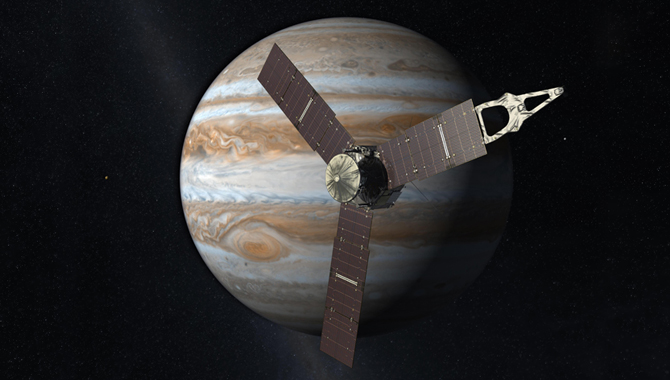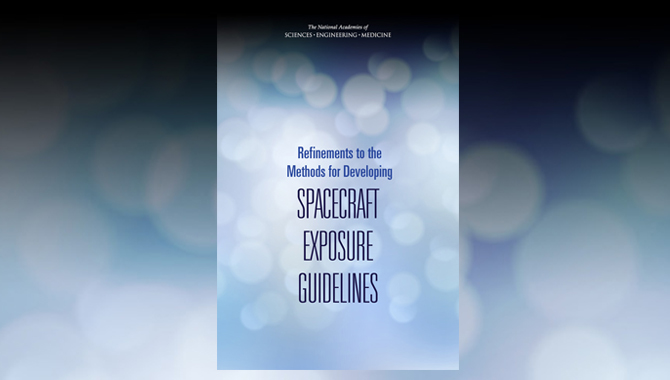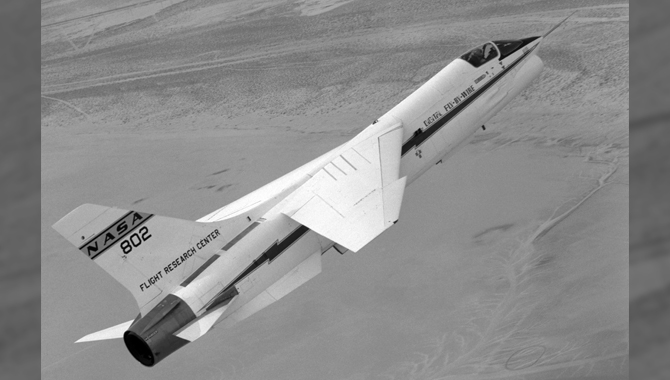
In 2017, NASA Aeronautics will launch a new X-plane program as part of a 10-year plan to transform the American aviation industry.

In 2017, NASA Aeronautics will launch a new X-plane program as part of a 10-year plan to transform the American aviation industry.

By testing a novel inflatable habitat on the International Space Station (ISS), NASA looks to expand possibilities for crewed missions while containing costs.

On Independence Day, NASA’s Juno mission will begin uncovering Jupiter’s secrets to help scientists learn more about the evolution of the planet and our solar system.

In recent years, the use of CubeSats has increased significantly. A new report from the National Academies of Sciences, Engineering, and Medicine examines how to maximize their value.

Fifty years ago this month, Gemini IX turned multiple mission setbacks into important learnings for the Apollo Program.

Human spaceflight is inherently risky. To mitigate risk, NASA engages in a range of activities designed to support the health of crew in low Earth orbit (LEO) and deep space.

NASA’s Space Launch System (SLS), the world’s most powerful launch vehicle, is on track for the final ground-fire test of its solid rocket booster (SRB).

The Kepler space telescope leads the way in the discovery of exoplanets: worlds that orbit other stars in our galaxy. Recently, the team doubled the number of confirmed planets out there.

Forty-four years ago, NASA replaced the flight control system on an F-8C Crusader with a computer from the Apollo Program and sent the aircraft soaring into the sky.